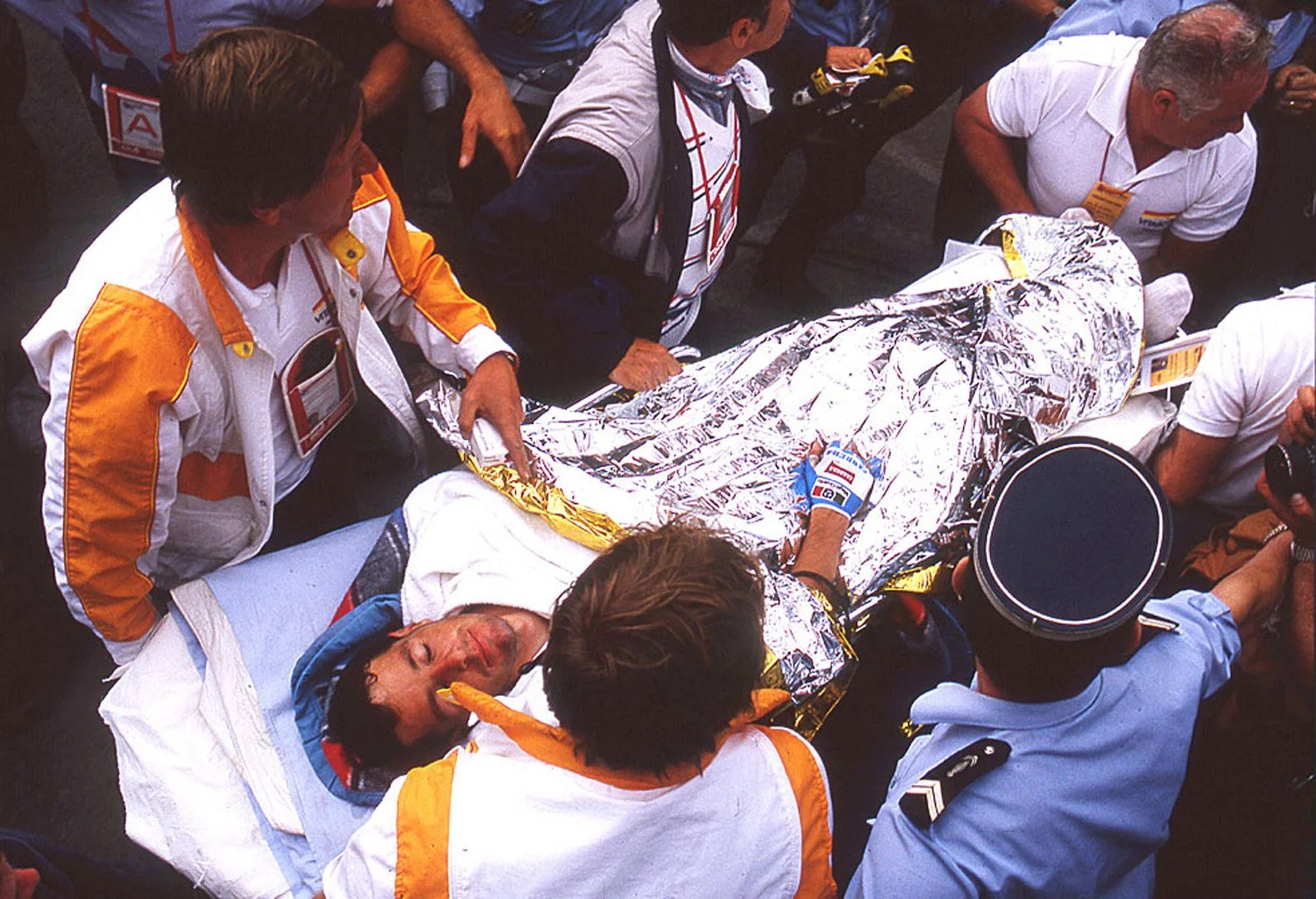BLOG
Ryan’s Daughter, Joe Dolan and Dingle in the Summer of 1969
Prompted by the enthusiastic Noreen Collins, manager of Charlie Byrne's bookshop in Galway, I started searching in my old Black and White archives for a picture that she wants to use for the poster of the Drimaleague singing festival, in West Cork, this September.
The Tour de France - the Queen of all Races
The Tour de France — the queen of all races — was the most exciting event I had ever witnessed.
Spoon-fed to your motorbike pilot for 3,500 km, you had to fight your corner against twenty other photographers, two Tour directors, dozens of team managers, support cars and motorbikes, the French Gendarmerie, and hundreds of others who didn’t want you there in the first place — among them 200-odd, finely tuned, adrenaline-pumped racers.



